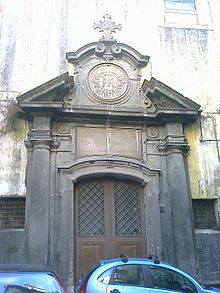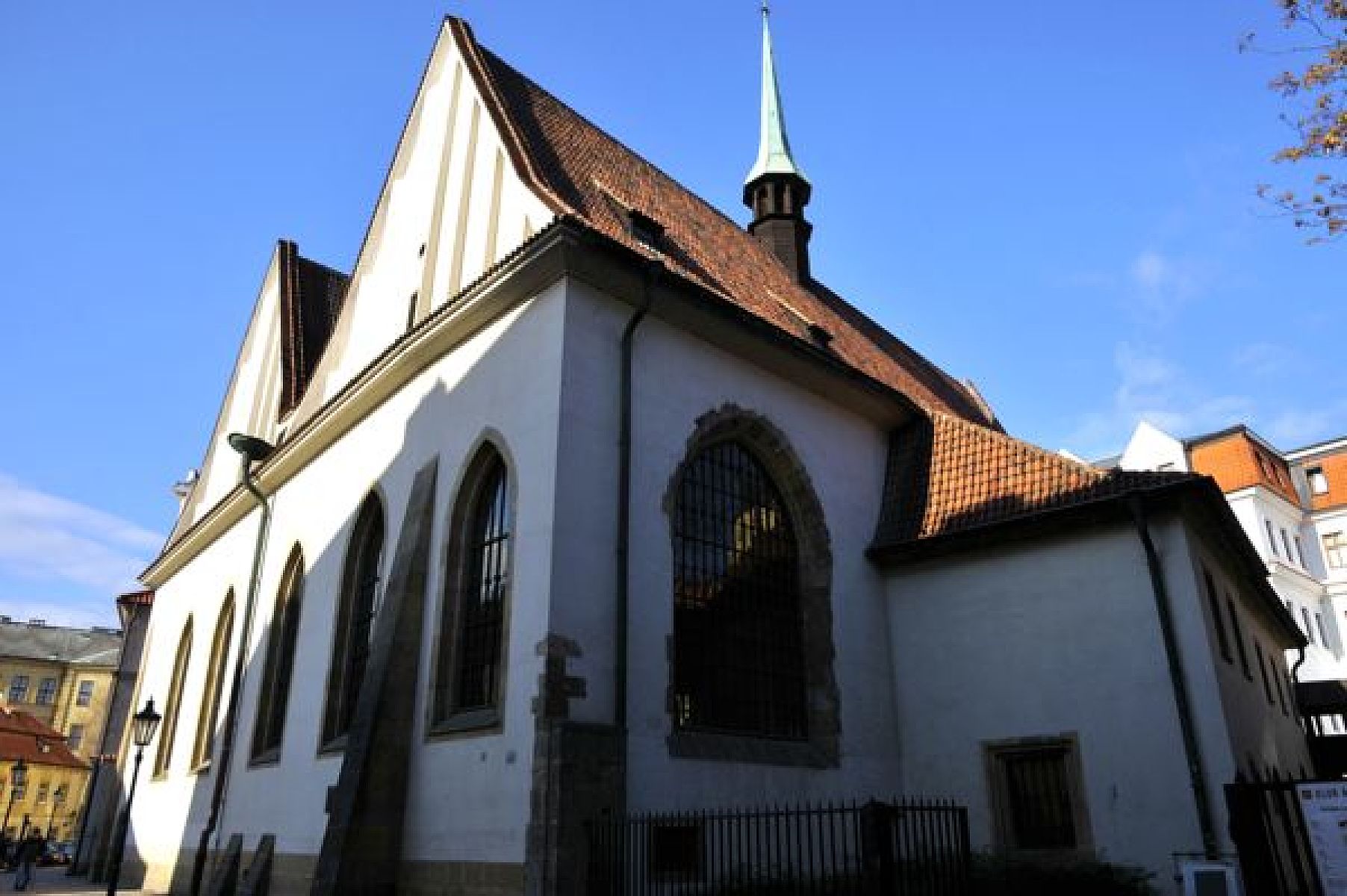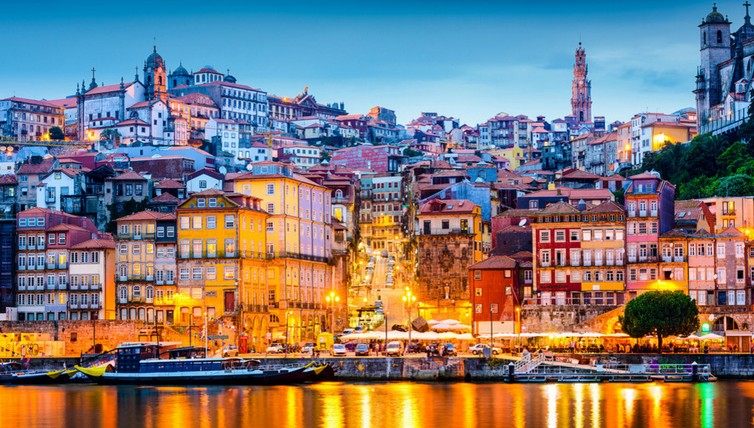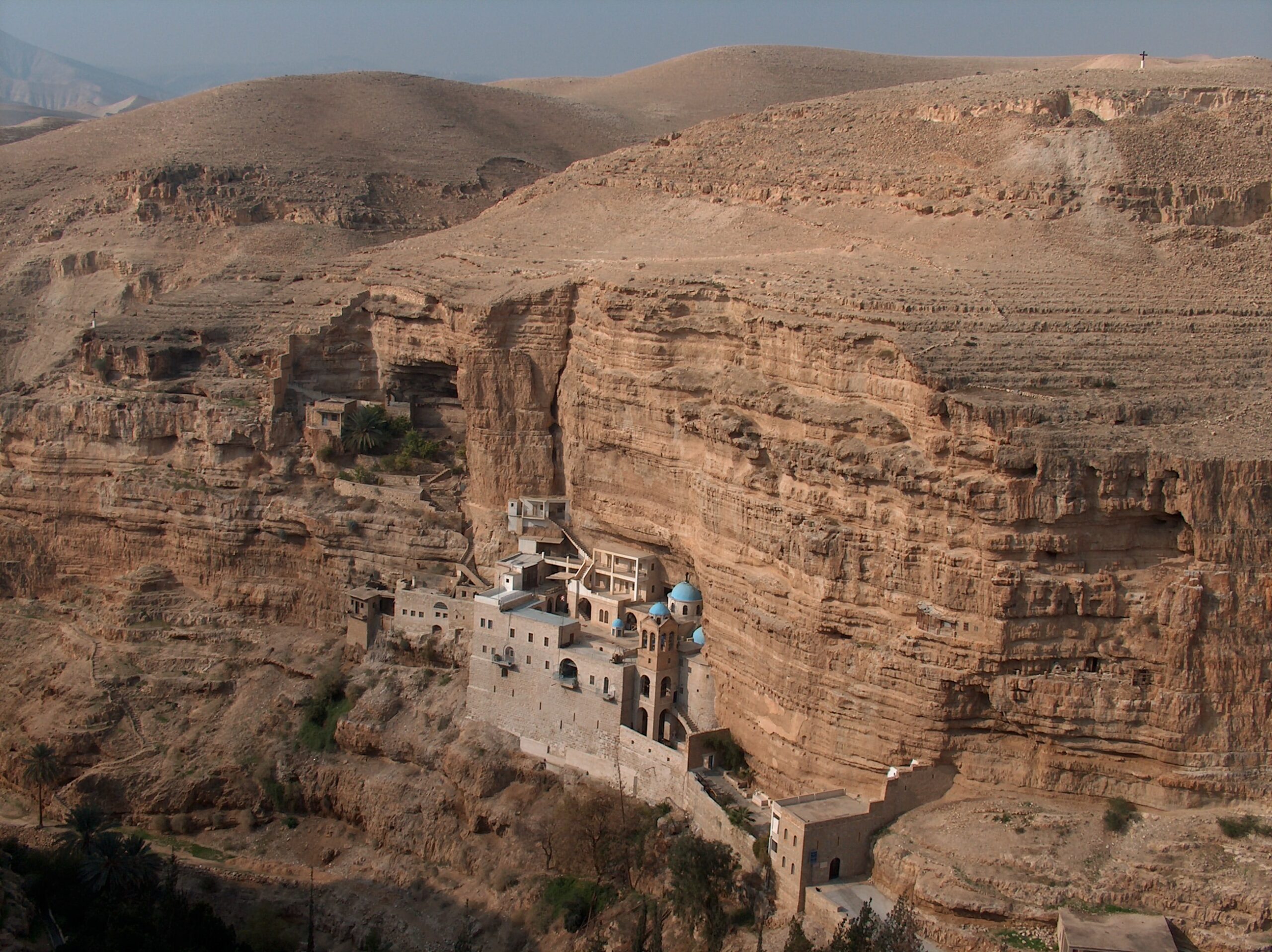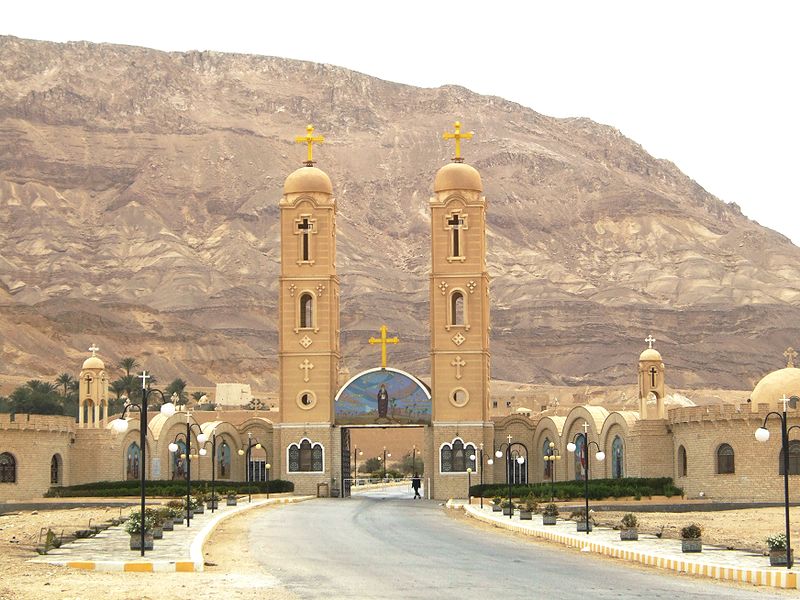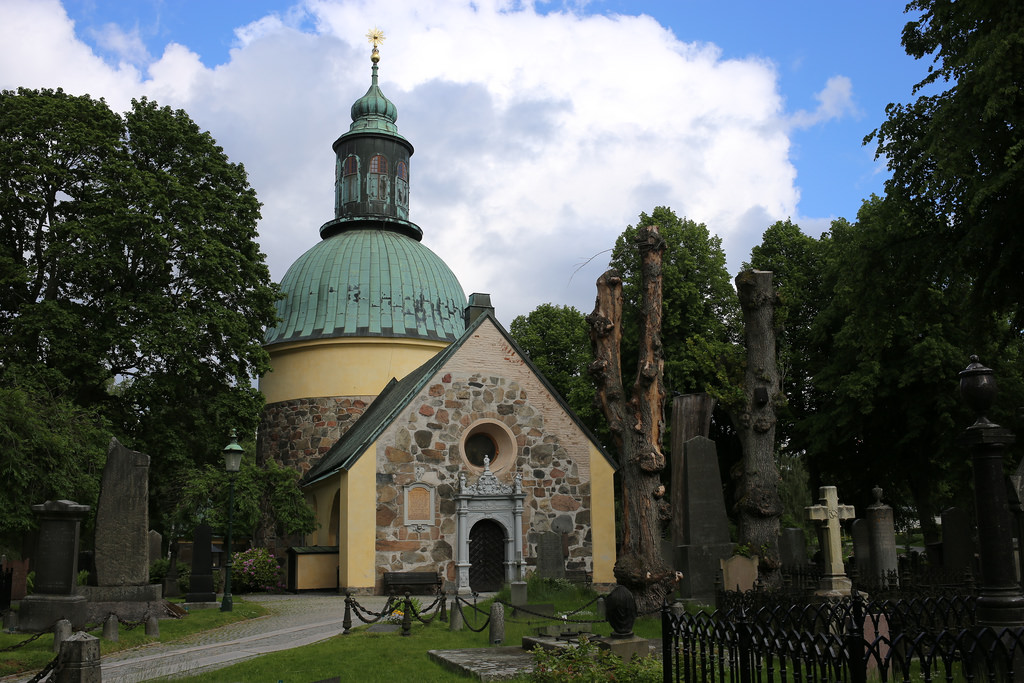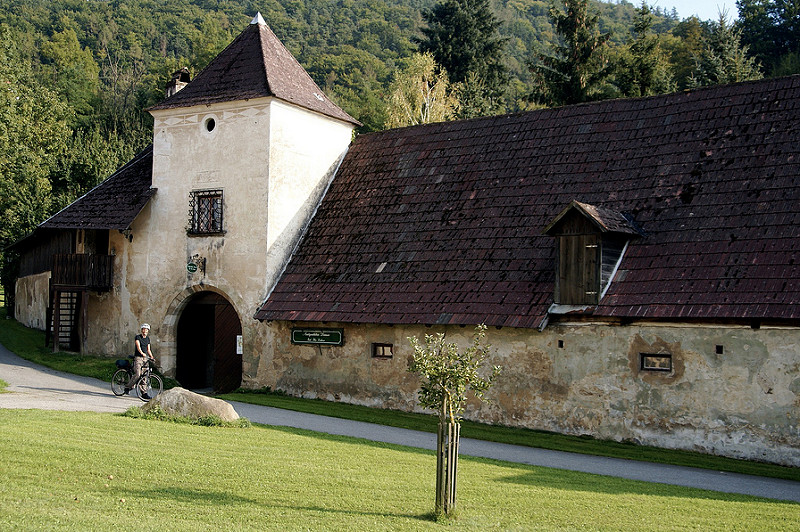The church and the monastery were founded in the 8th century by nuns who had fled from Constantinople after the Iconoclastic persecutions. The building originally housed Sant’Andrea in Nilo. The original title, which echoed that of the abandoned congregation, was Santa Maria a Percejo. "Donnaromita" is nothing more than the popular deformation of "Romite in Constantinople". \It was the nuns from Constantinople and Romania who founded a monastery next to the church of Sant’Andrea a Nilo, which was called Santa Maria de Percejo or Petrejo or Santa Maria di Costantinopoli or Cella Nova. The Neapolitan people called it monastery of the women of Romania or of the Romite of Constantinople and, by contraction, of Donnaromita.According to the historian Bartolomeo Capasso instead, the name derives from the name of the family that founded the monastery before the year 1025 and that was called Domina Aromata.In the 13th century the complex was enlarged incorporating other small churches and chapels present in the area. The church was completely rebuilt in 1535 on the design of the architect Giovan Francesco di Palma. The interior has a single nave with ten chapels. The wooden ceiling was realized between 1587 and 1590 by Nunzio Ferraro and Giovan Battista Vigliante on a design by Andrea Magliulo. The central panels of the ceiling are by Teodoro d’Errico, while the eight lateral paintings are by Girolamo Imparato. In the dome there is a fresco, started by Luca Giordano and realized in 1696 by Giuseppe Simonelli, author also of the frescoes of the vaults and of the sails. \n
